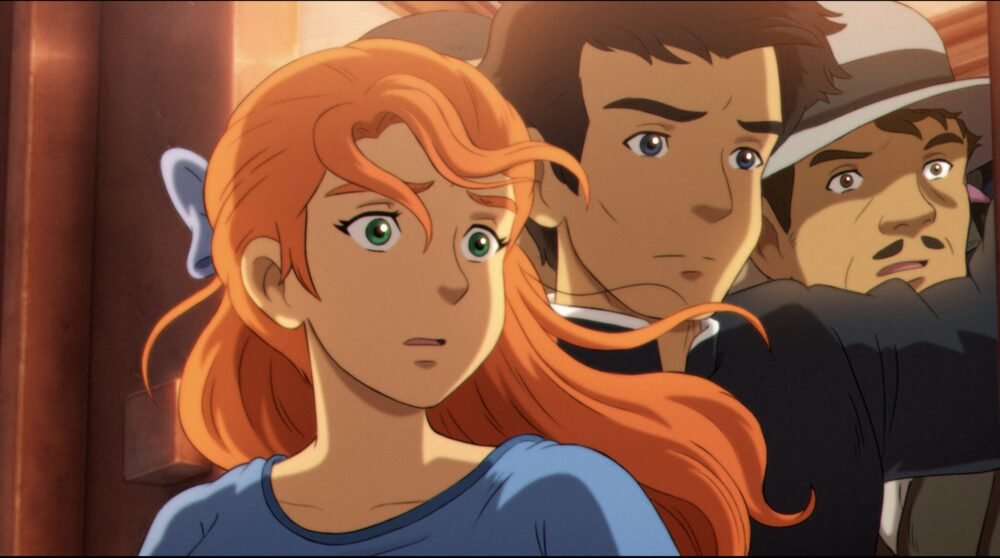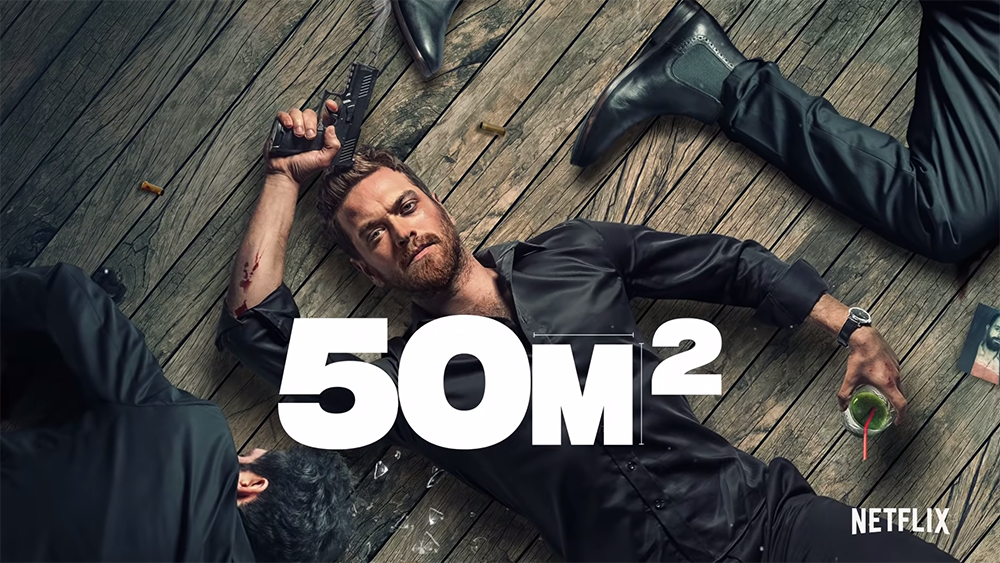Introduction to Hand-Drawn Animation
Hand-drawn animation, also known as traditional animation, has a rich and storied history that dates back to the late 19th and early 20th centuries. This technique involves creating individual frames by drawing each image by hand, which are then sequenced together to create the illusion of movement. The origins of this art form can be traced to pioneers like Winsor McCay, whose early works such as “Gertie the Dinosaur” (1914) showcased the potential of drawn animation. The development of cel animation in the 1920s further revolutionized the industry by allowing for more efficient production processes and more complex storytelling.
Throughout the decades, hand-drawn animation has evolved significantly. The Golden Age of American animation, characterized by studios like Disney, Warner Bros., and Fleischer Studios, saw the creation of iconic films and characters that have left an indelible mark on popular culture. Titles such as “Snow White and the Seven Dwarfs” (1937), “Bambi” (1942), and “Fantasia” (1940) exemplify the artistry and emotional depth that hand-drawn animation can achieve.
Despite the rise of computer-generated imagery (CGI) in recent years, hand-drawn animation retains a unique charm and distinctiveness. The tactile quality of hand-drawn images, with their fluid lines and expressive characters, offers a warmth and intimacy that is often difficult to replicate with digital techniques. This style of animation allows for a more personal touch, as each frame reflects the individual artist’s nuances and creativity.
‘The Glassworker’ is a contemporary testament to the enduring appeal of hand-drawn animation. Directed by Usman Riaz and produced by Mano Animation Studios, this film tells the story of a young glassblower and his relationship with a violinist. The project has garnered attention for its stunning visual style and thoughtful narrative, drawing comparisons to the works of Studio Ghibli. ‘The Glassworker’ exemplifies how hand-drawn animation continues to captivate audiences and push the boundaries of the art form.
Techniques Used in ‘The Glassworker’
‘The Glassworker’ stands as a testament to the timeless craft of hand-drawn animation, meticulously blending traditional techniques with modern tools. The creation of this animated feature begins with the most fundamental materials: paper and pencils. These basic instruments are the cornerstone of the initial sketches, where animators pour their creativity into every line and curve. Each character and scene is first brought to life on paper, capturing the raw essence of the animator’s vision.
Once the initial sketches are complete, the process advances to the refinement stage. Here, specialized software comes into play, aiding animators in perfecting their drawings and ensuring consistency across frames. This phase is crucial, as it involves the painstaking task of frame-by-frame drawing. Each second of animation can require up to 24 individual frames, demonstrating the incredible level of detail and precision needed to achieve fluid motion.
One of the key elements that sets ‘The Glassworker’ apart is the dedication of its animators to preserving traditional animation methods. Insights from the artists reveal a profound respect for the craft’s history, coupled with a desire to push its boundaries. They emphasize that the tactile nature of hand-drawn animation—feeling the texture of paper, the resistance of pencil on surface—imbues the final product with a unique warmth and authenticity that digital-only methods struggle to replicate.
Animators involved in ‘The Glassworker’ also highlight the collaborative nature of the project. Each frame is the result of countless hours of teamwork, with artists working in harmony to ensure that every detail aligns perfectly. This collective effort not only preserves the integrity of the hand-drawn technique but also fosters a deep sense of community and shared purpose among the creators.
In essence, the techniques used in ‘The Glassworker’ celebrate the art of hand-drawn animation, merging time-honored practices with contemporary advancements to produce a visually stunning and emotionally resonant work. Through their commitment to detail and collaborative spirit, the animators have crafted a film that stands as both a homage to the past and a beacon for the future of animation.
Challenges in Hand-Drawn Animation
Hand-drawn animation is a labor-intensive art form that requires an extraordinary level of skill and dedication. In the context of “The Glassworker,” the challenges are manifold. One of the most significant obstacles is the time-consuming nature of the process. Each frame must be meticulously sketched and refined, often taking several hours to perfect a single second of animation. This level of detail demands not only artistic talent but also immense patience and perseverance.
Another challenge is the high level of skill and precision required. Unlike digital animation, where corrections can be made relatively easily, hand-drawn animation leaves little room for error. Artists must possess a thorough understanding of anatomy, movement, and perspective to create fluid and believable sequences. This level of expertise is not easily acquired and often takes years of practice and experience to develop.
The financial aspects of hand-drawn animation also pose significant challenges. The process is inherently costly, involving numerous artists and extended production timelines. In an industry increasingly favoring digital techniques for their efficiency and cost-effectiveness, securing funding for hand-drawn projects can be particularly difficult. The creators of “The Glassworker” faced these financial hurdles head-on, often relying on crowdfunding and the support of dedicated fans to bring their vision to life.
Sustaining the art form in an era dominated by digital animation presents additional difficulties. The rise of computer-generated imagery (CGI) has led to a decline in the demand for hand-drawn animation, making it harder for artists to find opportunities to practice and refine their craft. Despite these challenges, the creators of “The Glassworker” remain committed to preserving the beauty and authenticity of hand-drawn animation. As Usman Riaz, the director of “The Glassworker,” once remarked, “The soul and warmth of hand-drawn animation can never be replicated by digital means.”
Overcoming these obstacles requires a combination of passion, resilience, and community support. The journey of “The Glassworker” exemplifies the dedication needed to keep this timeless art form alive. Through sheer determination and a deep love for the craft, the team behind “The Glassworker” continues to inspire a new generation of artists to embrace the challenges and rewards of hand-drawn animation.
Reviving Traditional Art in the Modern Age
The resurgence of traditional hand-drawn animation in the contemporary era finds a remarkable exemplar in ‘The Glassworker.’ This film stands as a testament to the enduring charm of manual artistry, juxtaposed against the backdrop of increasingly digitized media. The cultural and artistic significance of ‘The Glassworker’ extends beyond mere nostalgia; it underscores the tactile beauty and emotional depth that hand-drawn animation uniquely offers. In an age dominated by computer-generated imagery, the film’s meticulous craftsmanship presents a refreshing counterpoint, emphasizing the value of preserving traditional methods.
Audiences and critics alike have lauded ‘The Glassworker’ for its exquisite detail and heartfelt storytelling. The film has received acclaim for its ability to evoke a sense of wonder and authenticity that resonates deeply with viewers. The critical reception highlights a broader appreciation for the painstaking effort involved in hand-drawn animation, which often gets overshadowed by the convenience and speed of digital techniques. This renewed interest serves to remind us that the nuances of hand-drawn artistry impart a distinctive character and soul to animated narratives.
The impact of ‘The Glassworker’ on the animation community cannot be overstated. It has rekindled a dialogue about the relevance and future of hand-drawn animation in a predominantly digital world. By demonstrating that traditional methods can coexist with modern technology, the film inspires a new generation of artists to explore and innovate within this timeless medium. The potential future of hand-drawn animation appears promising, with projects like ‘The Glassworker’ leading the charge in proving that this art form has not only survived but is indeed thriving.
In essence, ‘The Glassworker’ serves as a beacon for the preservation and evolution of traditional hand-drawn animation. Its success illustrates that there is still a significant audience for this meticulous craft, and its influence encourages emerging artists to embrace and perpetuate the rich legacy of hand-drawn animation in an ever-evolving digital landscape.
For more read our blog on Cultural Significance and Impact: “The Glassworker”





